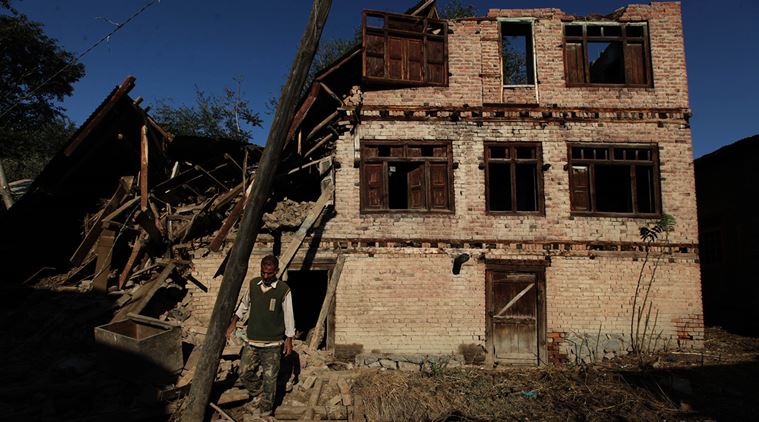ONE year has passed but the tragedy of the Mount Kinabalu earthquake is still etched in the memories of the affected residents, survivors, families of the victims, the malim gunung (mountain guides), Sabahans and all Malaysians.
The survivors remember that day like it was yesterday. On 5 June last year, Mount Kinabalu and the surrounding districts were jolted by a series of earthquakes, with the first measuring 5.8 on the Richter scale.
A total of 18 climbers were killed, including four mountain guides. Although life is slowly returning to normal, the scars of the tragedy will never fade, just like the tsunami which occurred 12 years ago.
The families and the loved ones of the victims are still coming to terms with the tragedy.
The mountain guides were the real heroes who put their own lives at risk and four of them died while protecting climbers during the earthquake. In fact, they were among the first who were killed .
The guides, who know the area well, had carried out the main rescue work by cutting out temporary trails through the devastated mountain landscape to bring climbers down the mountain.
When the earthquake struck, other guides and park rangers raced up the mountain from below to provide assistance. .
The supreme sacrifices and selfless acts of these unsung heroes should be forever remembered and their roles and contributions should be recognised and appreciated. For the guides who died in the earthquake -- Valerian Joannes, Ricky Masirin, Robbie Sapinggi and Joseph Solungin – they will always be in our hearts.
The tragedy brought out the best in people and positive human values were shown .
The incident has shown that Malaysia can no longer be regarded as free from natural disasters. The earthquake was proof that that the country needs to establish a centre that pools domestic and foreign expertise to provide emergency response plans for any disaster.
This should be a priority for Sabah, which is prone to such natural disaster.
We need to have an effective disaster management procedure that can prepare an early warning system as well as mobilise speedy and efficient disaster relief efforts.
While we may not be able to prevent such disasters, we can however minimise the suffering and damage. We cannot afford to take the matter lightly and the Government should be willing to invest in minimising damage and loss of lives due to natural disasters.
Malaysia also needs a medium to long-term plan for natural disaster management that incorporates environmental planning, building design standards, evacuation Standard Operating Procedures and efficient relief procedures. We can learn from experiences of other countries and cities such as Japan and San Francisco.
The educational programmes on disaster preparedness conducted by experts from the Fire and Rescue Department and Universiti Malaysia Sabah need to be enhanced so that a culture of preparedness can be built.
Besides safety education, we must also implement all forms of safety drills, whether for earthquakes or other emergencies.
Climbers, divers and tourists coming to Malaysia need to be assured that should any untoward incident happen, the country has a well-trained search-and-rescue team and efficient disaster management centre.
Despite their familiarity of the mountain terrain and survival skills, the local guides need to have formal safety training.
The National Institute of Occupational Safety and Health (NIOSH) is developing a special occupational safety and health (OSH) training module, targeted at mountain guides and other high-risk workers in the tourism sector. This would enable those involved in marine, forest and river activities, to identify hazards, be more prepared and react better in the event of emergency.
Good communication is essential for mountain guides and in this case, walkie-talkies should be provided for them when they bring climbers up on Mount Kinabalu.
These mountain guides should also be given better benefits such as improved allowances and they should have insurance.
I strongly believe that the damage and loss can be curbed by the safety steps we take before, during, and after a natural disaster.
source: thestar



